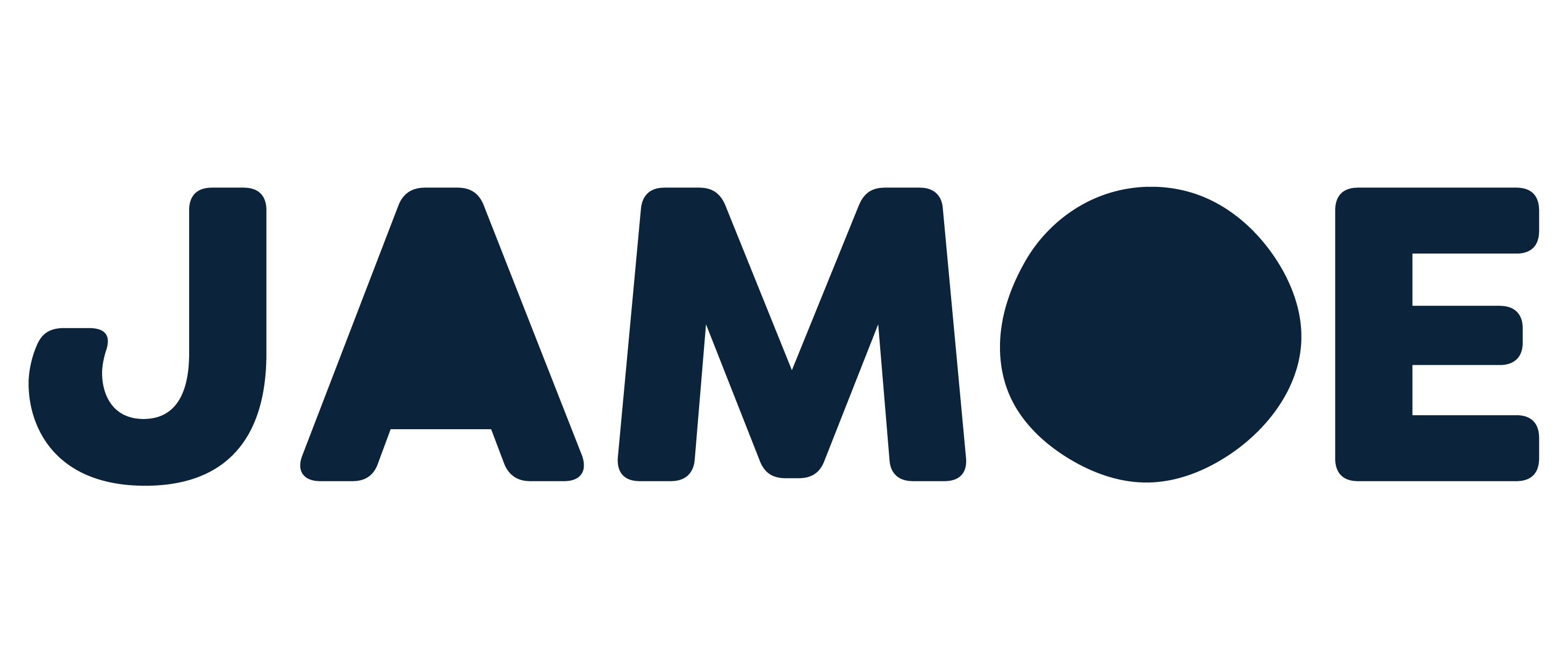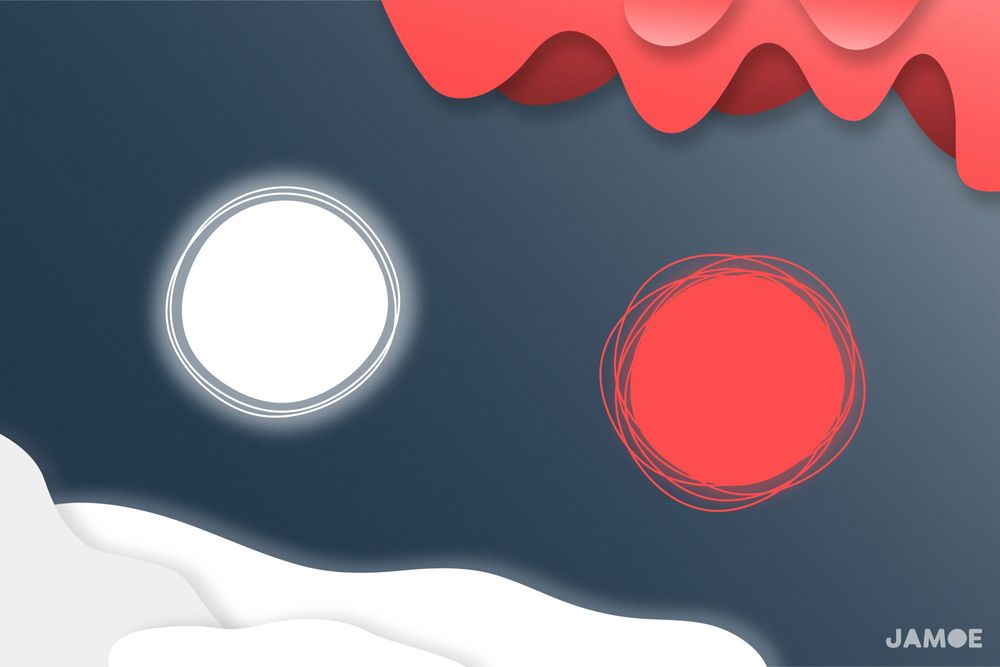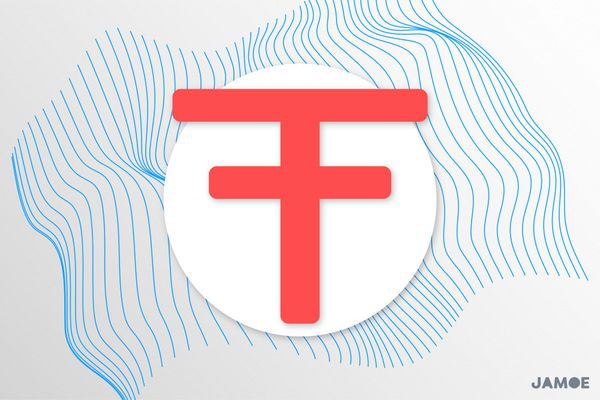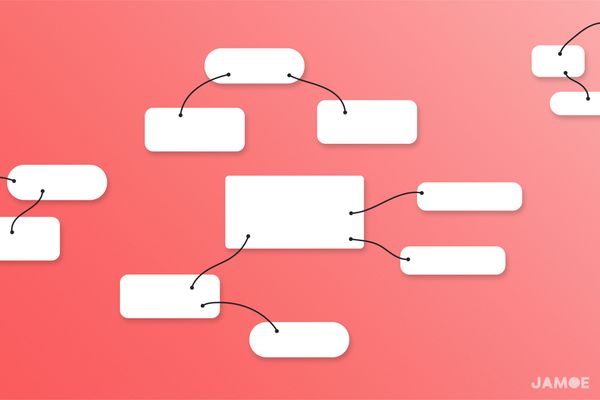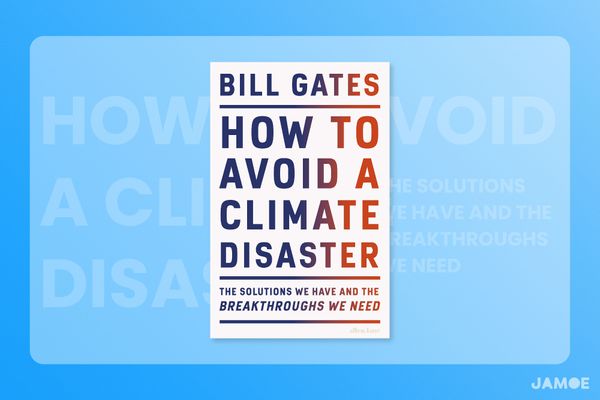Good Stress and Bad Stress: How To Use Them To Your Advantage
At a glance
- Based on the reader question: Doing things from home has made me an awful procrastinator. Some times I just start at the ceiling and then I panic because I've left everything until the deadline. How can I kick this bad habit? – Kyle, USA
- Motivate yourself out of procrastinating by using forcing functions to create a healthy kind of stress (eustress) without being overwhelmed by the unhealthy kind of stress (distress).
- Understand how stress is a double-edged sword, being both a tool for enhancing and choking your mental and physical performance, by seeing what happened when too much distress shutdown the prefrontal cortexes of a group of US Special Forces.
- Use our mental model to reframe stresses as challenges rather than threats, and ease your anxiety when faced with unsolvable problems.
Introduction
There are two kinds of stress. One is good for us. The other is bad. The good sort of stress is known as eustress, and often gets mixed up with distress. There's a fine line between eustress and distress, but if you're able to walk it, you'll see an increase in both your performance and motivation to get things done.
Our focus will be the connection between stress and performance, both when it comes to tackling painfully dull tasks that are procrastination traps, and more mentally taxing tasks that demand our full attention.
To show how distress impacts even the mentally fittest of people, we'll open with a ten year study of when the US military subjected their own special forces to prisoner of war stimulations. We'll then move in from the other direction, by looking at the connection between eustress, improved performance, and reduced procrastination.
For our fellow civilian readers, we'll be recommending forcing functions rather than military simulations to reap the benefits of eustress, and then end with a helpful mental model for dealing with unsolvable problems. It's one of our enduring favourites from the Dalai Lama that's been filtered through the mind of psychiatrist, Howard C. Cutler.
How distress corrupts our reasoning and memory
Fort Bragg is a military school in North Carolina, USA. As part of the school curriculum, some students participate in interrogation simulations that serve the primary purpose of preparing them for the unthinkable: being taken as a prisoner of war. These simulations are but one facet of the Survival, Evasion, Resistance and Escape (SERE) training programme ran by the US military.
Wanting to ensure the efficacy of the simulation, Fort Bragg's mock prisoner of war camp was rendered in incredible detail, mirroring what one might find in the darker corners of an autocratic state.
Sceptical, a psychiatrist, Charles Morgan, began measuring the impact of these enhanced interrogation simulations on participants. In addition to taking swabs of their saliva to measure their cortisol levels, one of the hormones related to stress, Morgan and his colleagues asked participants to complete a test of their visual memory using this diagram.
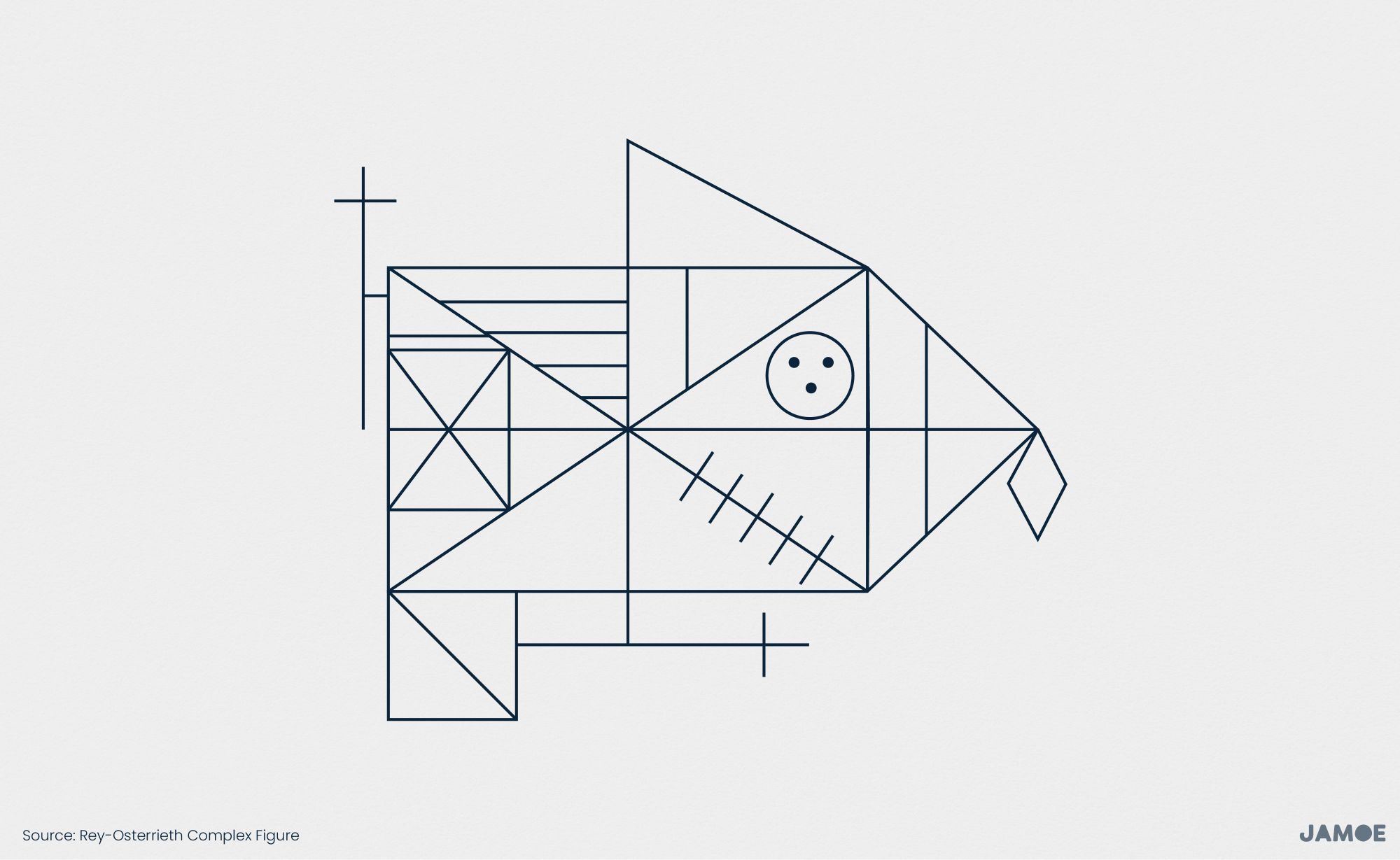
The test is known as the Rey-Osterrieth Complex Figure drawing test. Participants were shown this diagram and then asked to redraw it from memory.
Among the participants were members of the Special Forces – the cream of the crop. Part of their training revolves specifically around tasks like this, which shows. Below is one participant's rendering of the figure.
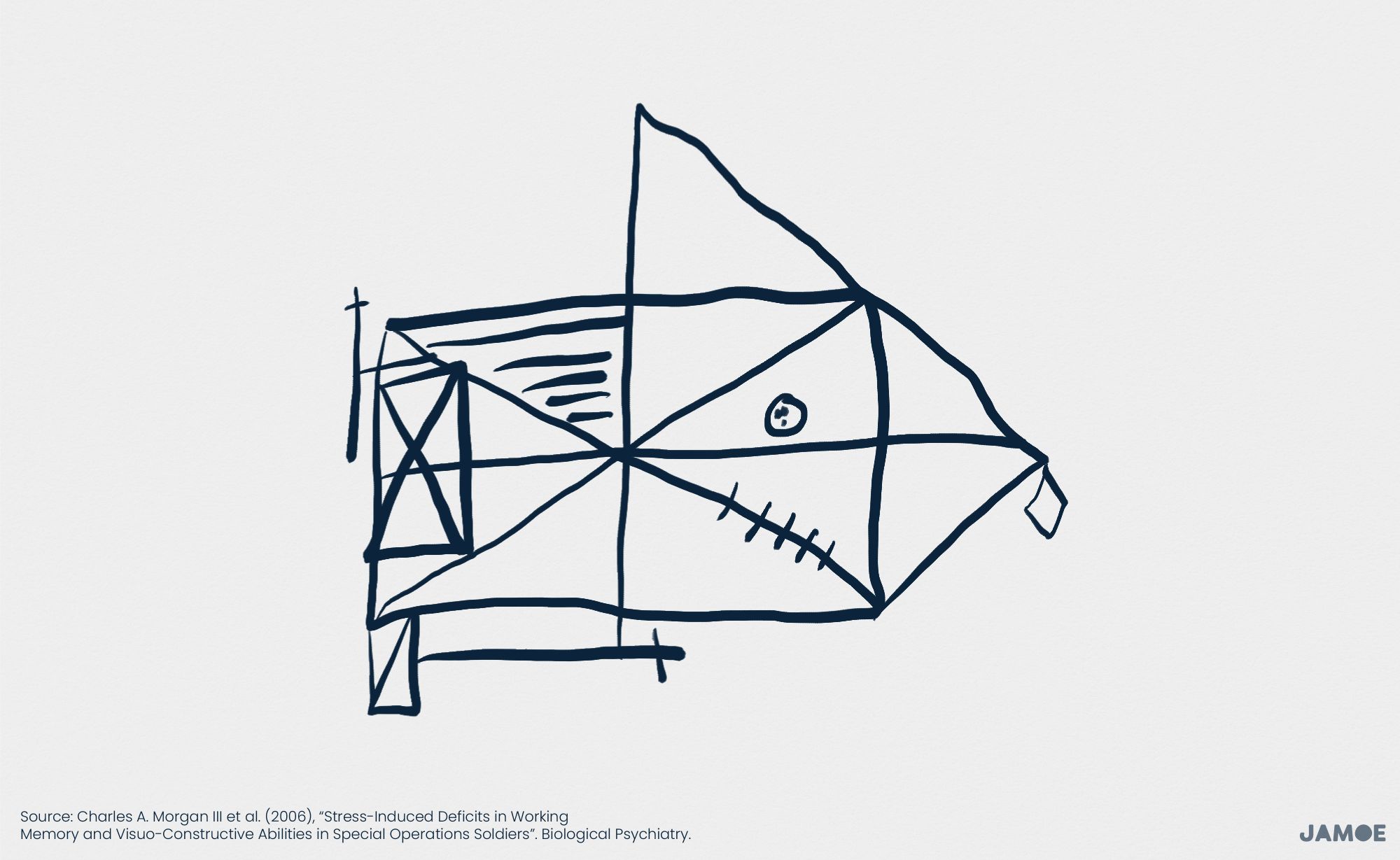
However, this is what the same participant drew 15 minutes after being interrogated in the prisoner of war simulation.
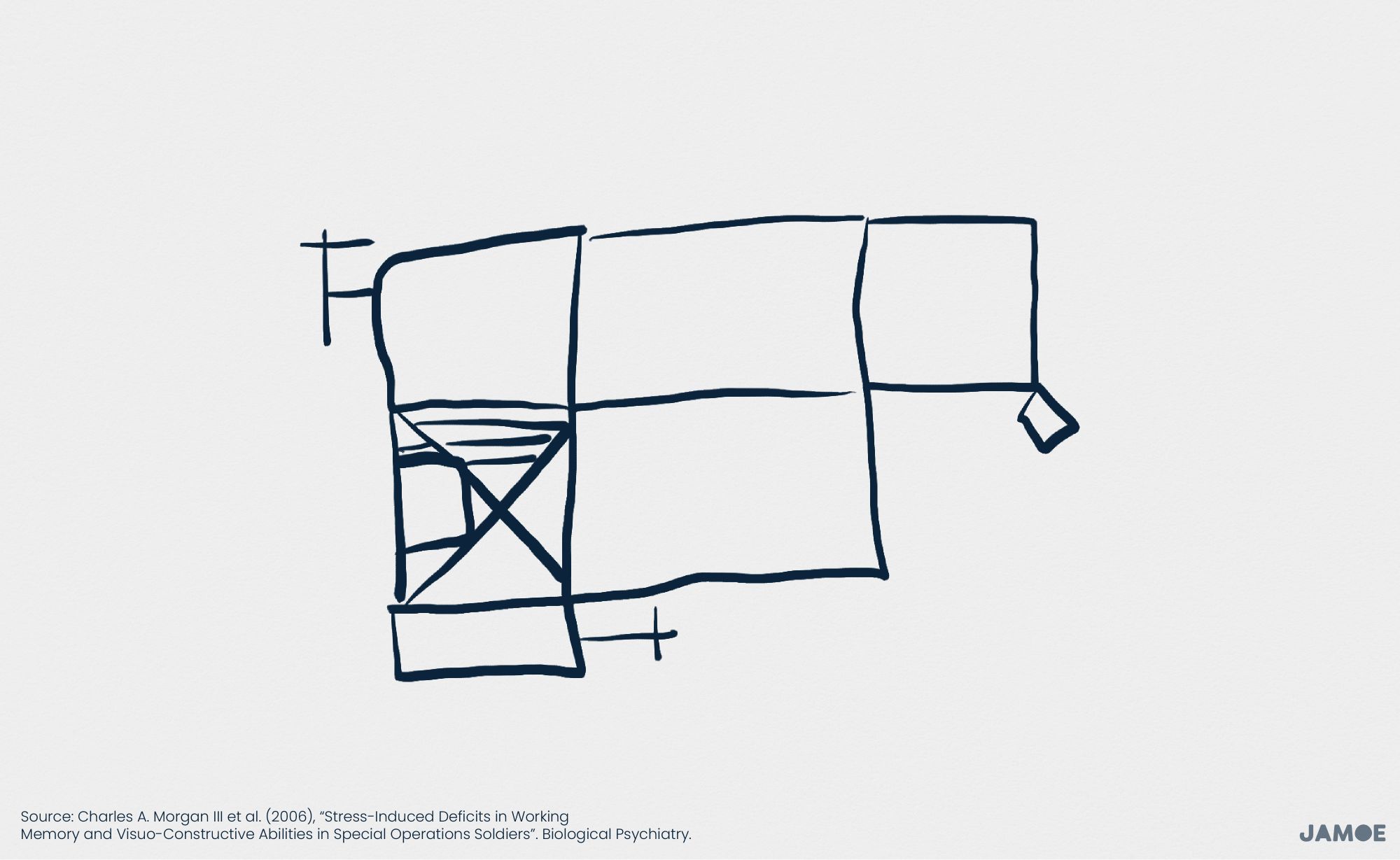
In one version of the experiment, Morgan reported that 80% of participants recreated the drawing in this inferior piecemeal fashion. When interviewed on the topic, Morgan commented how the brains of these highly-trained and elite individuals were acting, "like a prepubescent kid, which means your prefrontal cortex has just shut down for a while."[1]
The extreme stress of the simulation pushes participants over their tipping points. The result was observable, both in the levels of cortisol in their saliva and their ability to maintain their performance when completing a complex visual task.
The study shows that there is a limit to "working well under pressure," but where does the tipping point between good stress and bad stress lie?
The hate-love relationship between stress and performance
The role of stress in completing different tasks depends on the type of task we're given. Splitting tasks into two categories, we have:
Simple tasks: requires us to focus on one thing, or complete a well-learned activity, e.g. washing dishes, reciting the alphabet, repeating an easy movement like when jogging.
Difficult tasks: requires us to divide our attention and involves more regions of the brain, e.g. playing a real-time strategy video game, writing a philosophy essay, assembling an IKEA bookshelf.
The division isn't clean cut, as it depends on what you find simple or difficult. How this division falls is also constantly evolving, as what started as a difficult task may, through mindful practice, become well-learned enough to qualify as a simple task.
Completing difficult tasks: the ideal stress-zone
The point at which eustress turns into distress and hurts our performance is best shown by the Hebbian version of the Yerkes–Dodson law. The law shows the relationship between performance and arousal, the term Yerkes and Dodson used to refer to any motivating force, pressure or stress.
The right amount of stress is a positive force that arouses us into acting. However, too much stress and our performance shuts down.
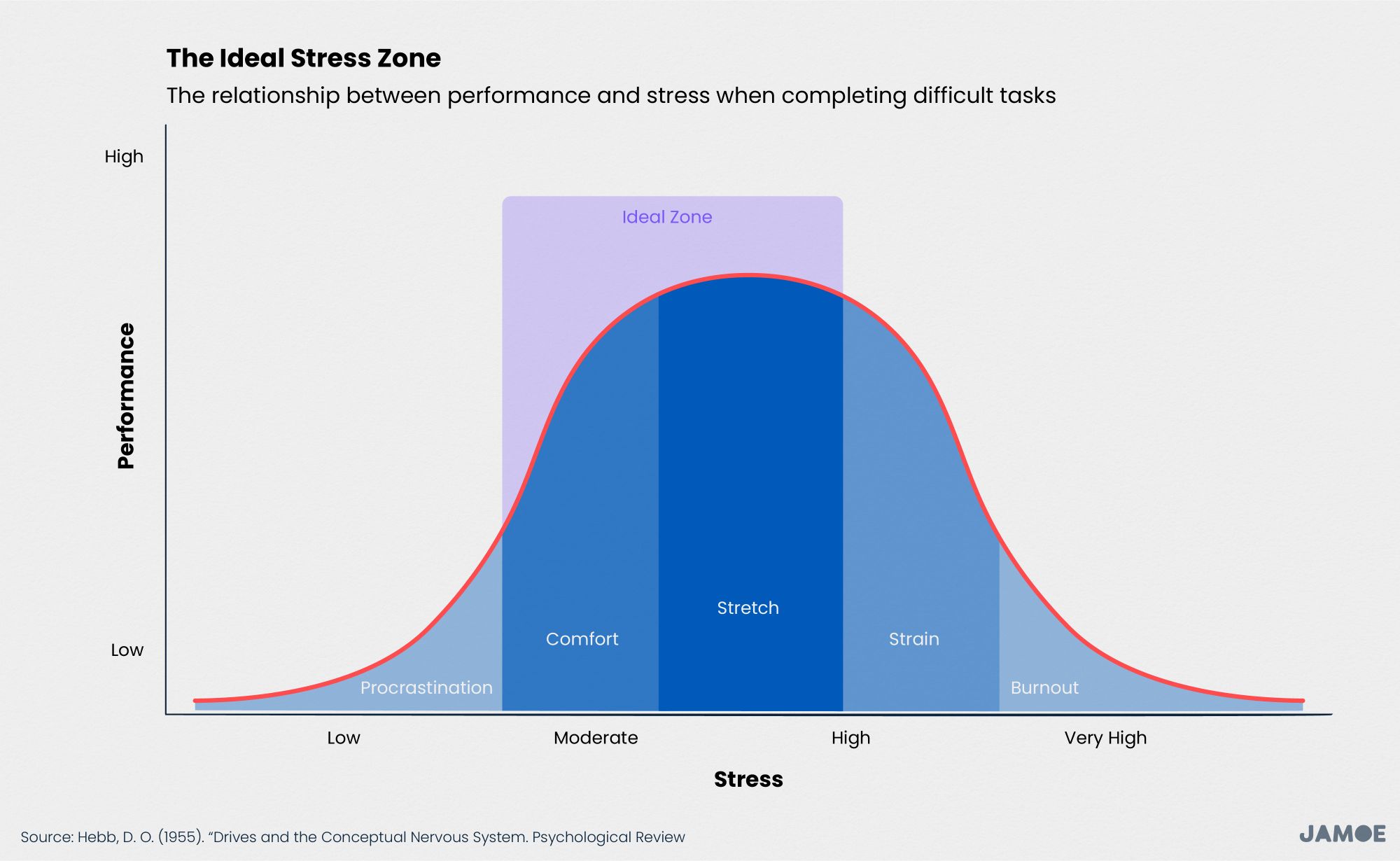
It's this curve that people can see themselves in. We can think back to the times when we've frozen in the face of a public speaking engagement or found ourselves at a loss when answering an exam question. The pressure has overwhelmed us.
We can also use this diagram to make sense of why Morgan et al. saw the Special Forces turn from adults to children.
Completing simple tasks: more stress is better
This version of the graph is the original Yerkes-Dodson law that is less often cited, but has far more explanatory power.
With it, we can explain how we can learn or remember something immediately, such as knowing to never touch a naked flame again after having been burned once. This lesson doesn’t require spaced repetition. These sorts of memories are known as flashbulb memories.
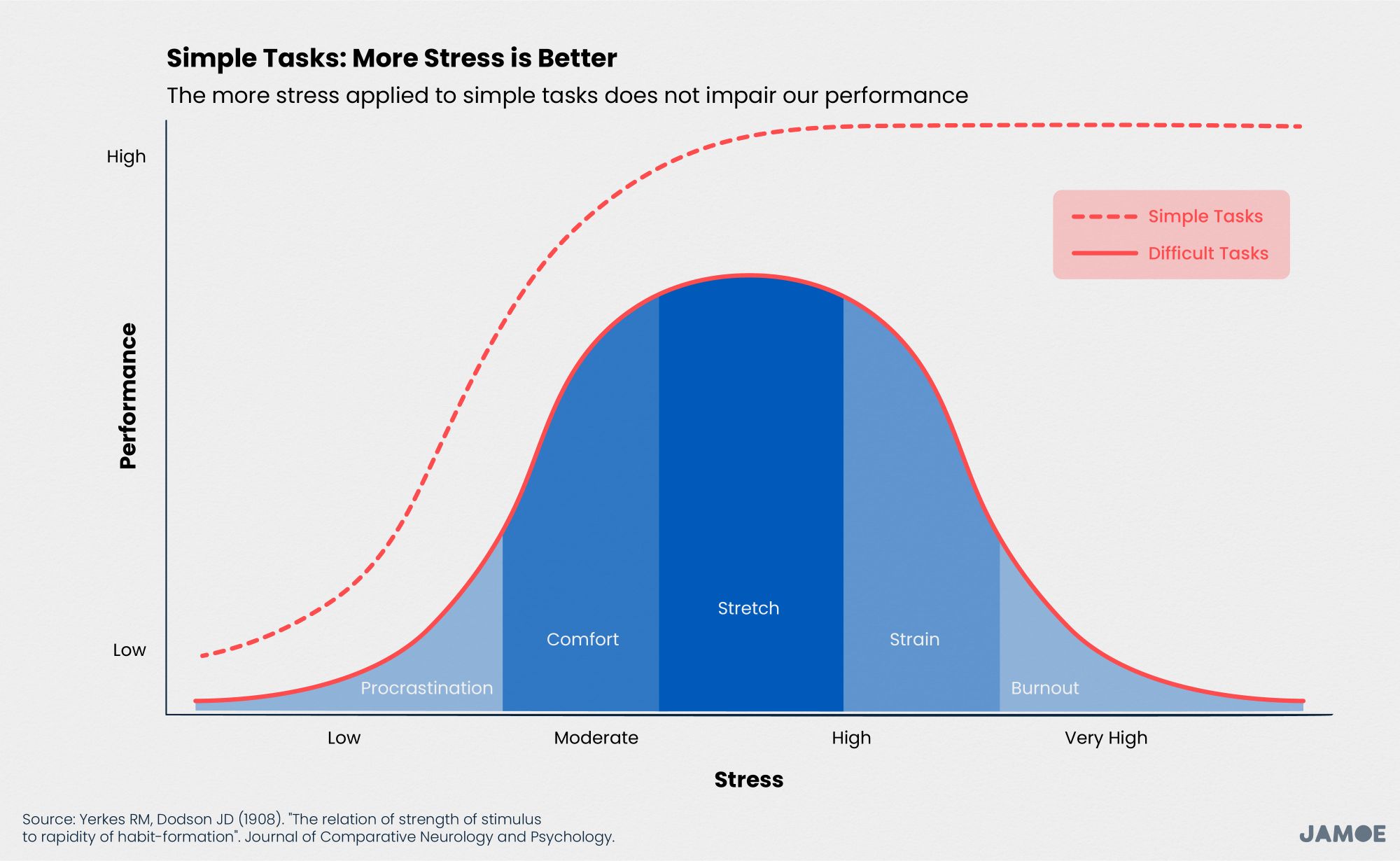
We can also explain how high amounts of arousal, like energetic music when performing a repetitive workout, can boost our motivation and performance by lifting us to achieve a personal best. Or, why pop music and cleaning go so well together.
We can now use these mechanics to our advantage. By varying the stress, pressure, arousal – whichever term you prefer to use, we can influence our ability and motivation to get things done.
That's where forcing functions come into play.
Forcing Functions: how to productively apply eustress to avoid procrastinating
Forcing functions are ways of imposing stress on ourselves to improve our performance, and they come in two forms: pushes and pulls. Sticks and carrots.
Applying a timer to a task is a light-weight forcing function, as it adds stress to a situation in a way that pushes you forward. It applies pressure.
A pulling force would be a reward. The light at the end of the tunnel that keeps you moving forward, like the promise of a tiramisu or playing board games with friends.
Inspirational forcing functions
Choosing the forcing function that creates eustress, not distress, is a matter of preference.
Having thought about it like choosing the difficulty of a video game, we've put together some ideas you can adopt when considering how much pressure you want to apply when getting things done.
- Normal: Using timers as per the Pomodoro Technique; having a deadline by which you have to complete a task; listening to low-fi beats to focus your attention
- Hard: Publicly committing to a group of peers the goal you're going to achieve; agreeing to give a presentation to your colleagues on a book you wanted to read; writing a weekly newsletter people are expecting to receive
- Extreme: Betting £1,000 that you'll complete a task within an agreed amount of time; letting a family member hide your phone until you've completed a workout
Challenge not accepted: avoiding procrastination
When a challenge is too easy or not motivating, that's when you can fall into a procrastination trap. Whatever you've chosen to push or pull you forward isn't enough to move you into action, so you'll want to kick-up the difficulty level.
Challenges not threats: avoiding distress
The difference between eustress and distress is subjective. That means you need to pay attention to how you're responding to a situation and decide if you're operating in the "ideal zone".
A test is to observe when you go from feeling challenged to feeling threatened by a forcing function you've applied to a situation.
If you've bet £1,000 that you can complete a 10 hour project within 4 hours, and losing that £1,000 would throw you into financial ruin, then it’s a threat. Not a challenge.
What is a challenge to some is a threat to others, so be mindful of flying too close to the sun. Taking on stressors that push you too far is a recipe for burning out.
In this regard, your mindset when taking on a problem influences your stress response to a situation. Adopting the mindset that things are challenges and opportunities rather than problems and threats is a perspective shift you can practice to reduce distress.
The case for this is made in the next section, where we look at uncontrollable threats and stresses.
Dealing with uncontrollable threats and stresses
Adopting forcing functions into your work is a choice. Being able to make that decision and exert a sense of control is something that limits feeling helplessness. We are in the driver’s seat.
Unfortunately, being in control of a situation is rarely the norm, which means our mindsets play a pivotal role in determining how we cope with uncontrollable threats, like a last-minute deadline, health complications or a global pandemic.
Wanting to separate the spiritual from the scientific, psychiatrist Howard C. Cutler interviewed the Dalai Lama to find the parallels between the worlds of Western medicine and Buddhist meditation. He then compiled his findings in “The Art of Happiness: A Handbook for Living”.
On the topic of dealing with uncontrollable situations, the Dalai Lama offered a mental model that he uses to reframe problems in his mind, so they have less of a hold on him:
"If there is a solution to the problem, there is no need to worry. If there is no solution, there is no sense in worrying either."
For the problems that have solutions, work on those solutions. If they don't have solutions, then letting the worry live in your mind rent-free is only doing you harm.
Focus on what you can control, not what you can't. For everything else, you simply have to accept that it is what it is.
Footnotes
[1] Malcolm Gladwell conducted the interview and dedicated an entire chapter of his book, “Talking to Strangers”, to the implications of Morgan et al.’s research on the reliability of witness testimony, especially in those instances where the witness has been subjected to “enhanced interrogation” (torture). It’s a haunting and electric book that will flip how you see the world.
This article is part of the Redraft newsletter, where we answer reader questions. Submit your question here or subscribe for free.
Learn faster. Think deeper. Stress less.
